publications
publications by categories in reversed chronological order.
2025
- CMU
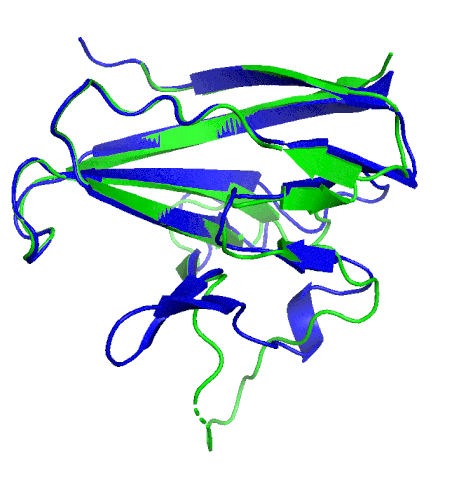 The Evolution of Biological Machine LearningL. ProfioCarnegie Mellon University, Department of Computer Science, Jun 2025
The Evolution of Biological Machine LearningL. ProfioCarnegie Mellon University, Department of Computer Science, Jun 2025Biological Machine Learning (BioML) has evolved over the past several years, and new models have dramatically advanced genomics, proteomics, metabolomics, systems biology, drug discovery, and clinical diagnostics. This survey provides an in-depth overview of BioML models developed, focusing on research breakthroughs and performance benchmarks. We categorize approaches by learning paradigm (supervised, unsupervised, transfer, self-supervised, and generative models) and by application domain. In genomics, deep learning—especially transformer-based architectures—now analyzes DNA regulatory code and variant effects with remarkable accuracy \citeYue2023. In proteomics, research breakthroughs like AlphaFold have achieved near-experimental accuracy in protein 3D structural prediction \citeAlphaFold2021, while large protein language models learn functional properties from sequence data. Metabolomics and systems biology are leveraging AI to integrate high-dimensional -omics data, improving the classification of diseases \citeSun2024. Drug discovery has utilized these technologies for molecular property prediction, \emphde novo drug design, and protein–ligand docking, reaching state-of-the-art results (e.g. diffusion models that outperform traditional virtual screening). In clinical diagnostics, these models rival expert accuracy in detecting diseases from genomic and imaging data. We discuss and compare leading models in each domain, highlight their performance improvements over prior methods, and organize them into a coherent taxonomy; as a part of this, limitations are examined, along with future directions.
@article{BioMLSurvey, title = {The Evolution of Biological Machine Learning}, author = {Profio, L.}, journal = {Carnegie Mellon University, Department of Computer Science}, year = {2025}, month = jun, url = {https://drive.google.com/file/d/1gLKFLwOumd0T9OC0pjdUIOzYyPnKzNwk/view?usp=share_link}, publisher = {Carnegie Mellon University, Department of Computer Science}, } - CMU
 Healthcare Cybersecurity in the Modern EraL. ProfioCarnegie Mellon University, Department of Computer Science, Jul 2025
Healthcare Cybersecurity in the Modern EraL. ProfioCarnegie Mellon University, Department of Computer Science, Jul 2025Protecting patient health information is a critical priority in modern healthcare. Electronic health records (EHRs), medical devices, and digital health apps have greatly expanded the volume of sensitive data, making healthcare a prime target for cyberattacks. In the United States alone, 2023 saw 725 healthcare data breaches reported to federal authorities, exposing over 133 million patient records \citeAlder2025. Such breaches not only undermine patient privacy but also erode the trust essential to effective care. Ensuring the security of patient data requires addressing conventional cybersecurity threats—from ransomware to insider misuse—while also leveraging cutting-edge technologies. In recent years, artificial intelligence (AI) and machine learning (ML) have emerged as powerful tools to enhance security by detecting threats and preserving privacy. This survey provides a comprehensive review of cybersecurity as it pertains to patient data protection. We focus on the U.S. regulatory environment, including laws like HIPAA (Health Insurance Portability and Accountability Act), HITECH (Health Information Technology for Economic and Clinical Health Act), and the 21st Century Cures Act, which establish strict rules for safeguarding health data. We explore key domains of patient data security—EHR security, biometric data protection, federated learning for health data, intelligent threat detection systems, data anonymization to prevent re-identification, and secure data-sharing protocols. For each area, we examine traditional challenges (e.g., ransomware attacks, insider threats, data breaches) and highlight AI-driven solutions. We also analyze important ML techniques such as anomaly detection, adversarial machine learning, and privacy-preserving ML, discussing how they apply to healthcare security. Throughout, we address legal and ethical considerations for patient data security in the U.S., ensuring that technical measures align with regulatory requirements and patient rights. The goal is to provide a structured academic overview of the state of cybersecurity for patient data and how AI/ML innovations are helping protect healthcare information in an evolving threat landscape.
@article{HealthcareCybersecurity, title = {Healthcare Cybersecurity in the Modern Era}, month = jul, author = {Profio, L.}, journal = {Carnegie Mellon University, Department of Computer Science}, publisher = {Carnegie Mellon University, Department of Computer Science}, year = {2025}, url = {https://drive.google.com/file/d/1SlLQUB8D2O2NpHCKSuJr-vvIrOY2Z2yN/view?usp=sharing}, } - UT-Austin
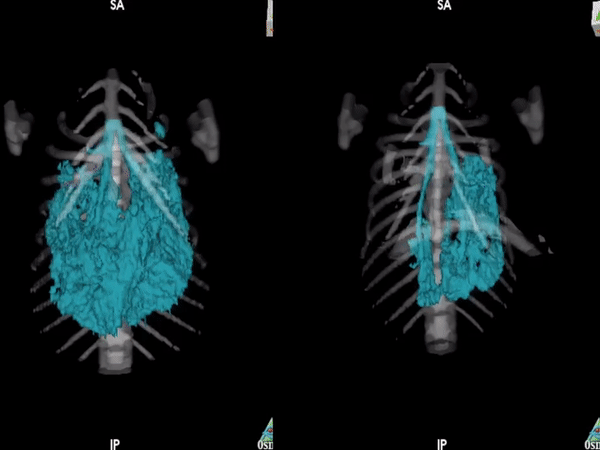 A Machine Learning Approach Toward the Detection of Lung CancerL. ProfioThe University of Texas at Austin, Department of Computer Science, Aug 2025
A Machine Learning Approach Toward the Detection of Lung CancerL. ProfioThe University of Texas at Austin, Department of Computer Science, Aug 2025Lung cancer is the leading cause of cancer-related death worldwide, yet early detection greatly improves survival outcomes. In this high-risk exploratory project, we investigate whether a machine learning model can predict the likelihood of lung cancer using a brief survey of risk factors and symptoms. We utilized a public synthetic dataset of about 300 individuals with 15 features (age, gender, smoking history, and yes/no responses to various symptoms and habits) to train and evaluate two classifiers: logistic regression and random forest. Model development included data preprocessing, feature engineering, and hyperparameter tuning with cross-validation. Both models reached high performance on a held-out test set (accuracy ranging from 82% to 89%, with ROC AUC around 0.95). Notably, the models identified respiratory symptoms and alcohol consumption among the strongest predictors of lung cancer risk, aligning with known epidemiological risk factors. We also applied SHAP (SHapley Additive Explanations) to interpret individual predictions and ensure the models’ behavior was clinically plausible. While the dataset and scope are limited, our results suggest that survey-based machine learning tools can help in the early identification of high-risk individuals for lung cancer. Additionally, we outline limitations of the study and future work.
@article{LungCancerDetection, title = {A Machine Learning Approach Toward the Detection of Lung Cancer}, month = aug, author = {Profio, L.}, journal = {The University of Texas at Austin, Department of Computer Science}, publisher = {The University of Texas at Austin, Department of Computer Science}, year = {2025}, url = {https://drive.google.com/file/d/1RxvSYO-OD_2PKPfNMMx6c2M25g-L6WUE/view?usp=sharing}, } - UW-Madison
 Prompt Engineering GPT-4 to Answer Patient Inquiries: A Real-Time Implementation in the Electronic Health Record across Provider ClinicsUW-Health, Department of Medical Informatics, Jan 2025
Prompt Engineering GPT-4 to Answer Patient Inquiries: A Real-Time Implementation in the Electronic Health Record across Provider ClinicsUW-Health, Department of Medical Informatics, Jan 2025As LLMs evolve, the role of prompt engineering has become critical to successful deployment. The University of Wisconsin Health system is part of an Epic Systems Corp (Epic) initiative to use GPT-4 to provide healthcare providers with draft responses to patients’ messages to clinicians. This study examined a pre-post design comparing crowd-sourced manual prompts to a novel semi-automated prompt design approach. We hypothesized that using a semi-automated approach to prompt engineering would increase the usability of the generated output in providers responding to patient inquiries.
@article{GPT4Healthcare, title = {Prompt Engineering GPT-4 to Answer Patient Inquiries: A Real-Time Implementation in the Electronic Health Record across Provider Clinics}, author = {}, journal = {UW-Health, Department of Medical Informatics}, year = {2025}, month = jan, url = {https://sail.health/wp-content/uploads/2024/05/Poster-9-Patterson.pdf}, publisher = {UW Health, Department of Medical Informatics}, }
2020
- UW-Madison
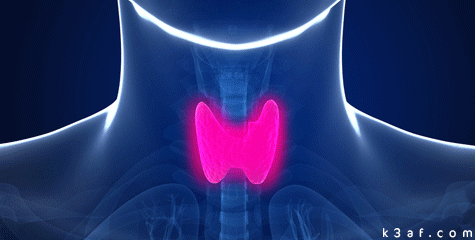 Rates of Transient Hypoparathyroidism Post-Thyroidectomy - It is All in the DefinitionUW Health, Department of Surgery, Sep 2020
Rates of Transient Hypoparathyroidism Post-Thyroidectomy - It is All in the DefinitionUW Health, Department of Surgery, Sep 2020Transient hypoparathyroidism is the most common complication after total thyroidectomy, but unfortunately there is no single accepted definition for this postoperative complication. The lack of a universal definition makes it impossible to compare outcomes across institutions or registries. Although institution specific incidences can be reported to patients in select cases, this is not unanimously applicable. This is problematic because patient education and expectations regarding the true incidence of this common complication are unclear which creates deficiencies in the consent process. As a result of the variability in the definition of postoperative transient hypoparathyroidism, we see inconsistent treatment protocols, potentially delayed hospital discharges and increased healthcare costs. It is difficult to establish best practices when we are not all measuring the same outcome.
@article{HypoparathyroidismSurgery, month = sep, publisher = {UW Health, Department of Surgery}, title = {Rates of Transient Hypoparathyroidism Post-Thyroidectomy - It is All in the Definition}, author = {}, journal = {UW Health, Department of Surgery}, year = {2020}, url = {https://drive.google.com/file/d/13VV5WaQiIjfltAaMlpOqYBECuUA0RUK0/view}, }
2019
- UW-Madison
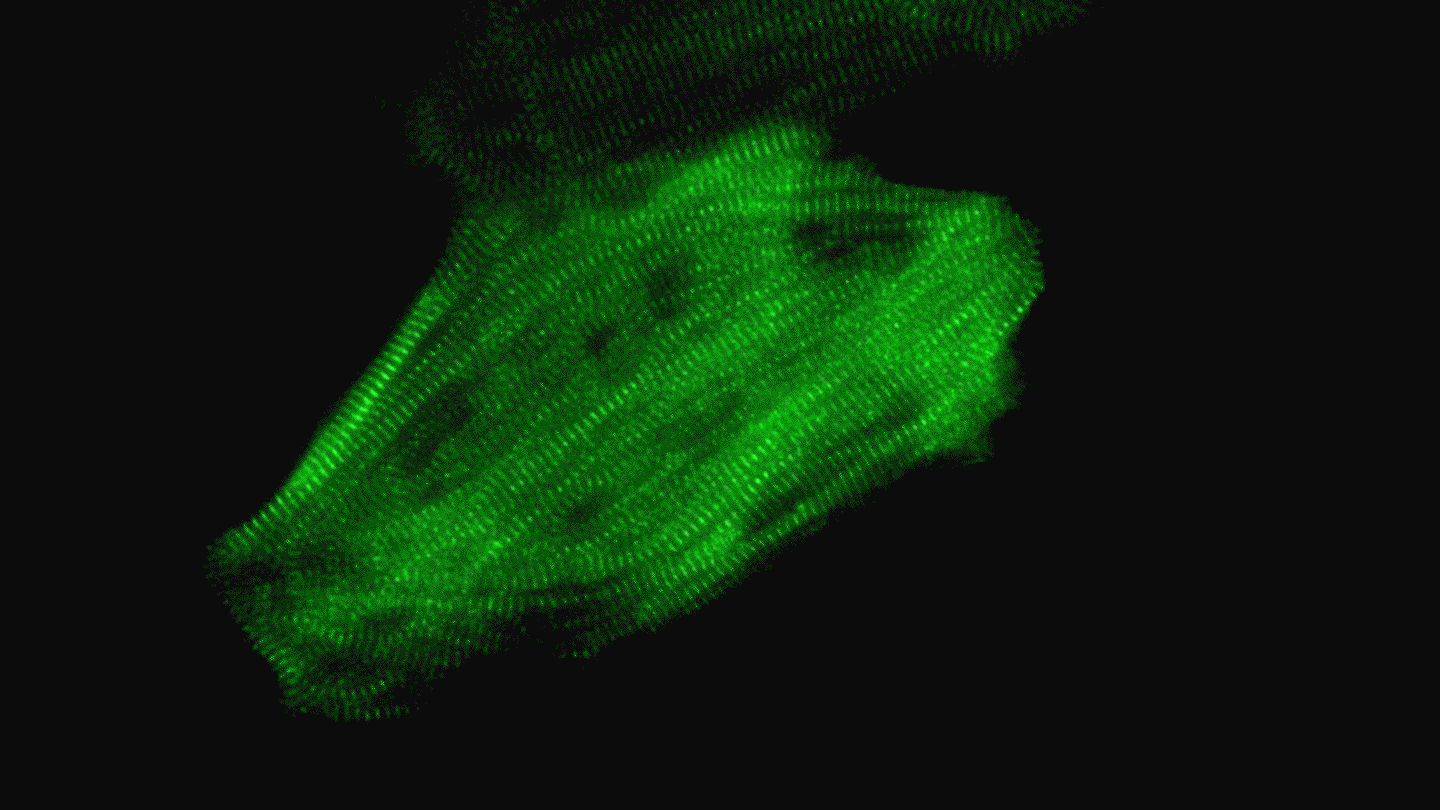 Epigenetic Priming of Human Pluripotent Stem Cell-Derived Cardiac Progenitor Cells Accelerates Cardiomyocyte MaturationOxford Academic, Jul 2019
Epigenetic Priming of Human Pluripotent Stem Cell-Derived Cardiac Progenitor Cells Accelerates Cardiomyocyte MaturationOxford Academic, Jul 2019Human pluripotent stem cell-derived cardiomyocytes (hPSC-CMs) exhibit a fetal phenotype that limits in vitro and therapeutic applications. Strategies to promote cardiomyocyte maturation have focused interventions on differentiated hPSC-CMs, but this study tests priming of early cardiac progenitor cells (CPCs) with polyinosinic-polycytidylic acid (pIC) to accelerate cardiomyocyte maturation. CPCs were differentiated from hPSCs using a monolayer differentiation protocol with defined small molecule Wnt temporal modulation, and pIC was added during the formation of early CPCs. pIC priming did not alter the expression of cell surface markers for CPCs, expression of common cardiac transcription factors, or final purity of differentiated hPSC-CMs. However, CPC differentiation in basal medium revealed that pIC priming resulted in hPSC-CMs with enhanced maturity manifested by increased cell size, greater contractility, faster electrical upstrokes, increased oxidative metabolism, and more mature sarcomeric structure and composition. To investigate the mechanisms of CPC priming, RNAseq revealed that cardiac progenitor-stage pIC modulated early Notch signaling and cardiomyogenic transcriptional programs. Chromatin immunoprecipitation of CPCs showed that pIC treatment increased deposition of the H3K9ac activating epigenetic mark at core promoters of cardiac myofilament genes and the Notch ligand, JAG1. Inhibition of Notch signaling blocked the effects of pIC on differentiation and cardiomyocyte maturation. Furthermore, primed CPCs showed more robust formation of hPSC-CMs grafts when transplanted to the NSGW mouse kidney capsule. Overall, epigenetic modulation of CPCs with pIC accelerates cardiomyocyte maturation enabling basic research applications and potential therapeutic uses.
@article{CardiacStemCells, volume = {37}, issue = {7}, pages = {910-923}, month = jul, publisher = {Lippincott Williams & Wilkins}, doi = {10.1002/stem.3021}, title = {Epigenetic Priming of Human Pluripotent Stem Cell-Derived Cardiac Progenitor Cells Accelerates Cardiomyocyte Maturation}, author = {}, journal = {Oxford Academic}, year = {2019}, url = {https://academic.oup.com/stmcls/article/37/7/910/6430674}, }
2018
- UW-Madison
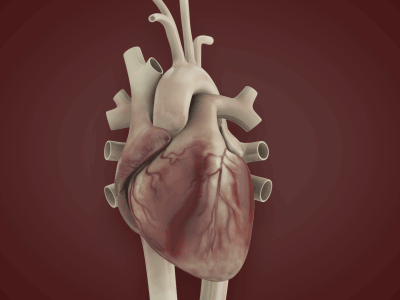 Abstract 17323: Polyinosinic-Polycytidylic Acid Primes Cardiac Progenitors From Human Induced Pluripotent Stem Cells for Enhanced Cell Therapy and Cardiomyocyte MaturationCirculation, Nov 2018
Abstract 17323: Polyinosinic-Polycytidylic Acid Primes Cardiac Progenitors From Human Induced Pluripotent Stem Cells for Enhanced Cell Therapy and Cardiomyocyte MaturationCirculation, Nov 2018Cardiomyocytes derived from human induced pluripotent stem cells (hiPS-CMs) hold promise for disease modeling, drug discovery, and therapy, but the challenge remains to create mature cardiomyocytes like those found in the adult heart. While groups have increased the maturity of hiPS-CMs in extended culture with electrical, metabolic, and mechanical stimulation, we hypothesized that epigenetic modulation during the formation of cardiac progenitors (hiPS-CPCs) could enhance their capacity to form mature CMs. We found that priming with the innate immune agonist polyinosinic-polycytidylic acid (pIC) decreased cardiac lineage-HDAC expression during the formation of hiPS-CPCs in defined small molecule monolayer differentiation. While both untreated and primed day 5 hiPS-CPCs contained equivalent >80% purity of KDR+PDGRF alpha + CPC populations, gene expression studies using RNAseq demonstrated that pIC priming enhanced the early cardiogenic and Notch signaling programs. When both groups were differentiated in basal media, primed hiPS-CPCs gave rise to more mature cardiomyocytes based on larger cell size, increased optical action potential upstroke velocity, greater oxidative metabolism, enhanced sarcomere maturation, and upregulated transcriptional markers of CM maturation including cTnI, cardiac actin, and alpha MHC. These maturation effects of pIC treatment were blocked by the Notch inhibitor DAPT. Most impressively, primed hiPS-CPCs improved survival as well as myocardial systolic/diastolic function in a mouse model of myocardial infarction.
@article{CardiacStemCellsAHA, volume = {138}, month = nov, publisher = {Lippincott Williams & Wilkins}, doi = {10.1161/circ.138.suppl_1.1732}, title = {Abstract 17323: Polyinosinic-Polycytidylic Acid Primes Cardiac Progenitors From Human Induced Pluripotent Stem Cells for Enhanced Cell Therapy and Cardiomyocyte Maturation}, author = {}, journal = {Circulation}, year = {2018}, url = {https://www.ahajournals.org/doi/abs/10.1161/circ.138.suppl_1.17323}, }